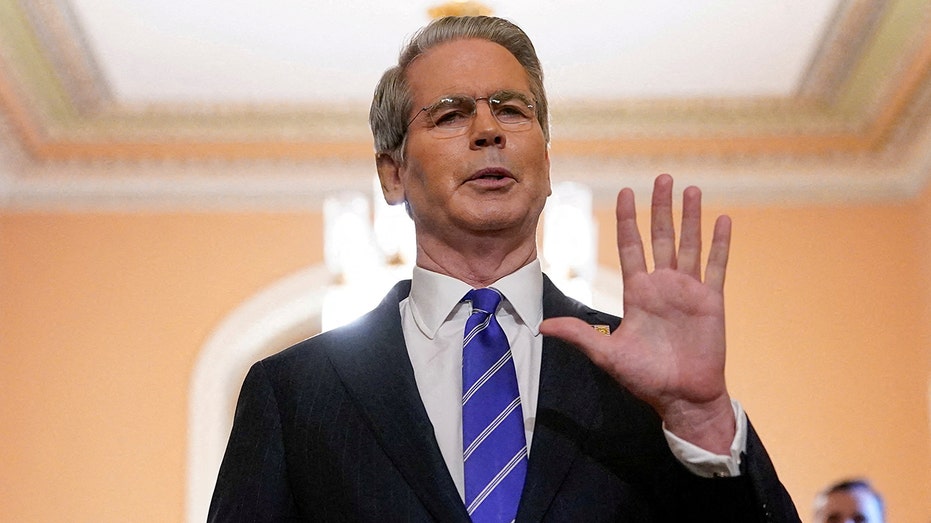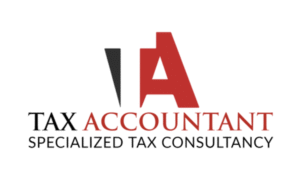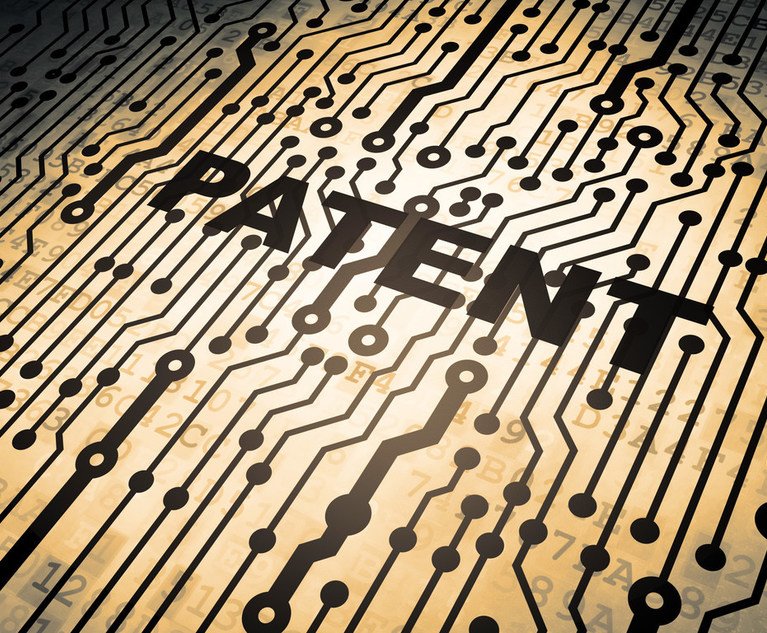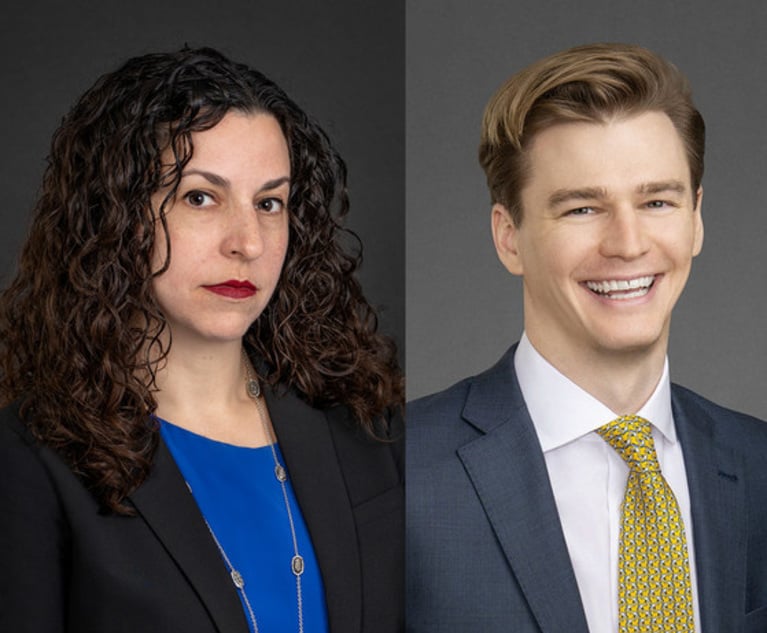In 2019, David Kappos, the former Director of the USPTO, testified to the Senate Subcommittee on Intellectual Property that “current patent eligibility law is truly a mess.” He also noted that the law surrounding section “101 is having a significant negative impact on artificial intelligence patent applications.” Today, with AI making headlines almost daily, these issues take on even greater urgency.
35 U.S.C. §101 covers patent eligibility requirements and while the statute and related caselaw have existed for decades, the provision has had greater impact on patent cases since the Supreme Court’s 2014 Alice decision, which created a two-step test for evaluating patent eligibility. First, courts must determine if “the claims at issue are directed to a patent-ineligible concept,” such as an abstract idea. Alice Corp. Pty. Ltd. v. CLS Bank Int’l, 573 U.S. 208 (2014). Second, if the claims are directed to a patent-ineligible concept, courts must “search for an ‘inventive concept’ — i.e., an element or combination of elements that is sufficient to ensure that the patent in practice amounts to significantly more than a patent upon the ineligible concept itself.” Id. at 217-218 (cleaned up).








